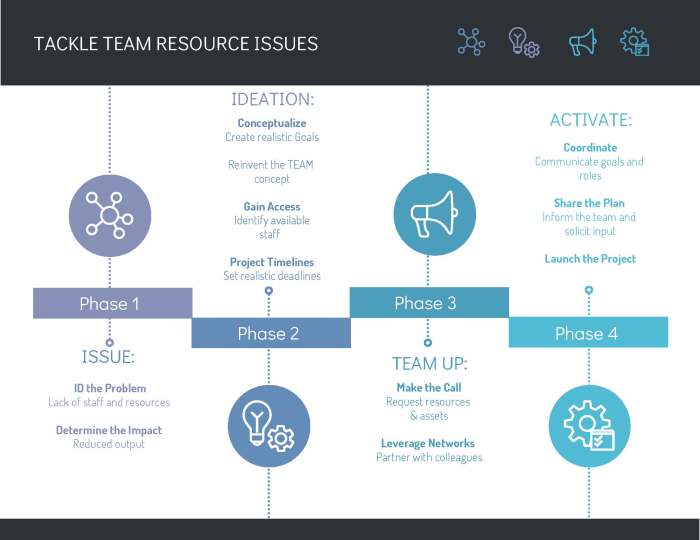by Tracey Batacan
One of the cool things about being a professional communicator is being on the leading edge of a new communications project. The adventure begins when you start working on new projects under deadline pressure and stress only to make it to the finish line successfully.
While there are many options for designing and implementing a communications plan for your organization’s latest and greatest “it” program, it does require you to take the time to build a solid communications program that your agency can sustain.
Some of the best communications plans can serve as the glue that will hold your communications office together and ensure accountability while making your brand stand out. Once this happens, people will line up to learn more about implementing their Next Gen Communications Plan.
So how do you get started? There are four quick steps to the Next Gen Communications Plan.

- What is the WIIFM?
Professional communicators will always learn more about the “What’s In It For Me” or “WIIFM” when designing a new communications plan to support a new product or service launch. Then they will work with the client to clearly identify the tangible benefits users will find with the new item.
It takes a great deal of selflessness to determine what interests your target audience and so sacrifices must be made to gain solid ground here. Leverage tech tools like online surveys to learn more about what your audience, what they seek as far as products, services and types of messaging as part of your Next Gen Communications Plan research.
- Communications Channels
It is important to know that a one-size fits all communications plan is not the best way to launch your client’s products and services into the mainstream. Take the time during client meetings to build a rapport and learn more about the product’s lifecycle and development origins. Then create opportunities to effectively communicate relevant details to the target audience.
This also includes learning what communications tools are available to your client. Learn the pros and cons of various communications tools to improve visibility on what the target audience will or will not notice. Then brainstorm with the client to develop messaging and identify the most effective communications tools to deliver the message to your stakeholders.
- Build the Brand
It takes more than gusto to build the brand. It requires creative direction, dedicated resources, collaboration with marketing/sales teams, access to creative services, and much more. Consequently, building the brand requires a combination of business skills and creativity. The best communicators will know that budgets, ad/sales goals and access to a multimedia team will make the implementation of the communications plan easier to execute.
For those worried about tight or no budgets, check with your internal partner organizations about leveraging their creative teams’ services for small projects. You may find that they may be able to help you design and implement your communications projects with little or no costs because your organizations exist in the same agency.
- Measure and Maintain
The easiest thing to do is to build a plan; the hard part is to maintain it. When you design the Communications Plan, ensure that you and your clients can maintain the momentum to build the brand. This may require long hours of thankless tasks all in the pursuit of building on the communications plan you executed.
Measuring your communications tactics will add value to the communications plan implementation. It helps to constantly measure your outputs, check them against your previous months’ communications goals, and make course corrections as needed.
Do some research on what measurement tools work for you. There are many readily available online tools to measure the impact of your communication plan messages to help lighten the load of tracking your data.
Originally published on the Federal Communicators Network.

